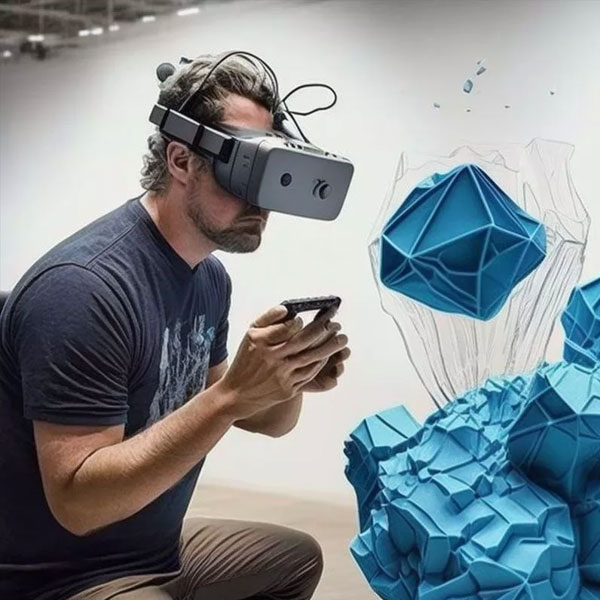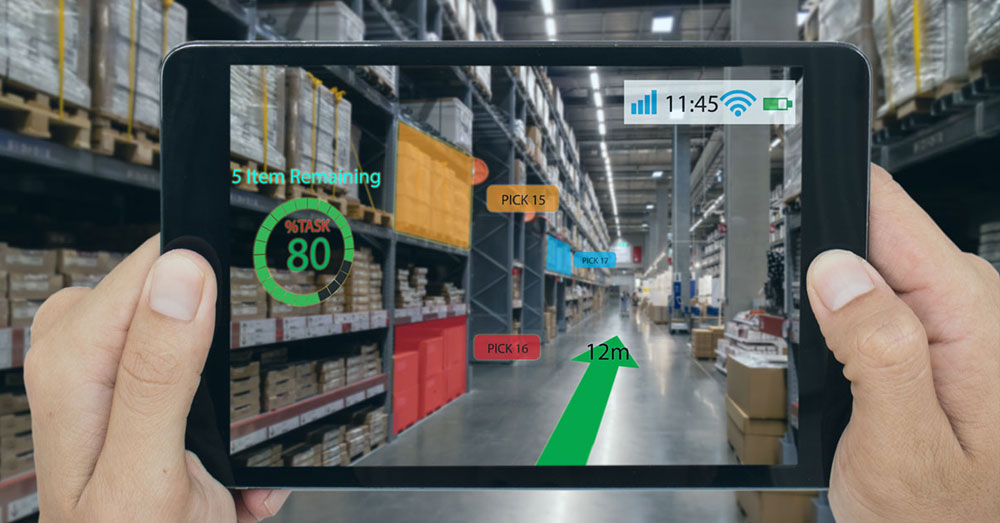
Definition and Core Concepts
Integration of Real and Virtual Worlds:
- Blending: MR integrates physical and digital elements in a way that allows them to coexist and interact with each other. This integration can be more advanced than in Augmented Reality (AR), where digital content typically overlays but does not interact deeply with the real world.
- Interaction: In MR, both physical and virtual objects can interact with each other, allowing for a more immersive and dynamic experience.
Real-Time Interaction:
- Dynamic Interaction: MR environments enable real-time interactions between users and both real and virtual objects. This means that changes in the physical world can affect virtual elements and vice versa.
- Examples: Moving a physical object in the real world can cause virtual objects to respond or change in the MR environment.
Spatial Awareness and Registration:
- 3D Mapping: MR systems often use spatial mapping and environment scanning to accurately place and register virtual objects in relation to physical objects. This ensures that virtual elements appear anchored and realistic within the physical space.
- Examples: Virtual objects that sit on a real table or interact with physical furniture, maintaining proper scale and perspective.


